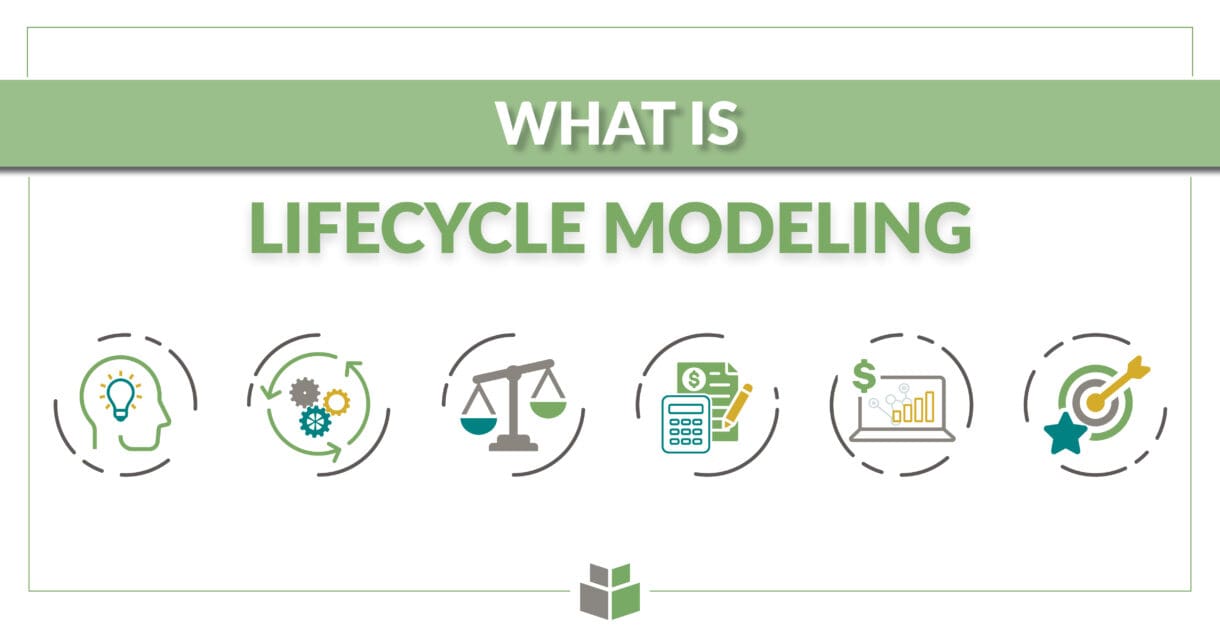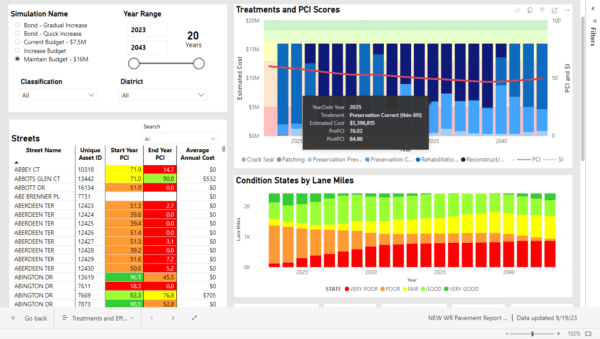
“You can’t manage what you don’t model.” That’s the guiding principle behind how we approach infrastructure management. For municipalities and counties, effective management begins with a clear understanding of existing assets and their long-term needs, especially when it comes to planning and budgeting.
Lifecycle modeling is a powerful tool that helps local governments make informed infrastructure investment decisions. It identifies when and where infrastructure is most likely to fail, enabling leaders to plan proactive interventions rather than reactive fixes. By doing so, lifecycle models serve as strategic roadmaps, helping communities prevent failures before they occur.
Thanks to advancements in technology, lifecycle modeling can now be applied to a wide range of public assets. These include parks and recreation facilities, pavement, water and wastewater systems, stormwater infrastructure, public buildings, and sidewalks.
Modern applications offer more than just a snapshot in time; they can project asset conditions from the present day up to 100 years into the future. They also allow for the exploration of multiple investment scenarios and “what-if” analyses, empowering decision-makers with the data needed to evaluate trade-offs and set priorities effectively.

By using lifecycle modeling, communities can better understand the long-term costs and benefits of their infrastructure strategies, ultimately improving service delivery and financial sustainability.
